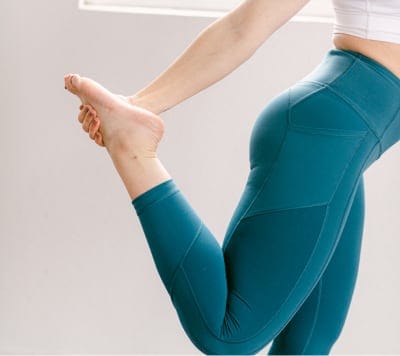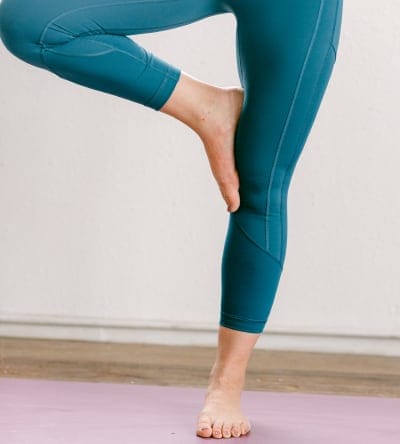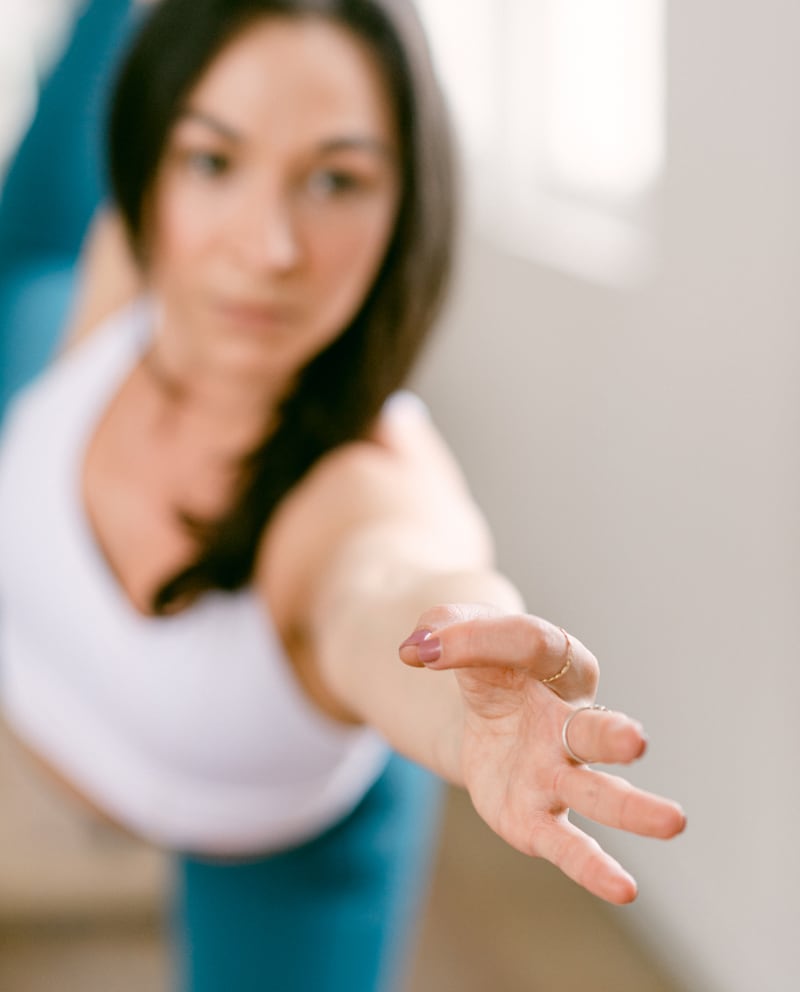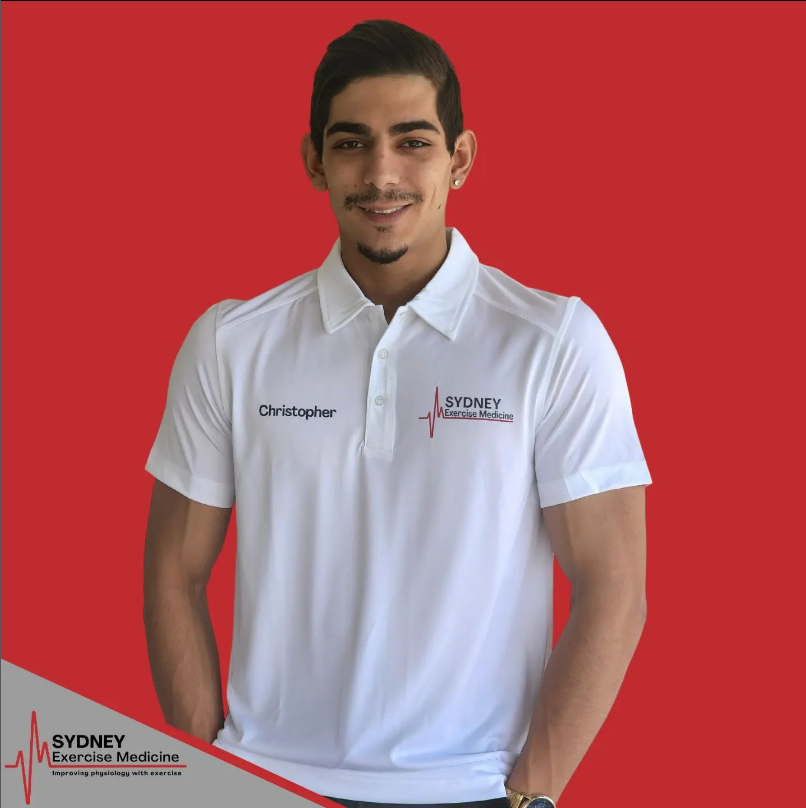Medial tibial stress syndrome (MTSS), widely known as shin splints or shin pain, is a frequent concern among athletes, runners and individuals participating in high-impact sports. Despite being common, shin splints can lead to significant discomfort and hinder training progress. This article will present an updated review of the causes of shin splints, management, and prevention of shin splints.
Causes of Shin Splints
Shin splints are widely believed to result from repeated stress on the tibia, leading to microtrauma in the bone and the surrounding connective tissues. This results in an inflammation-mediated pain response (Lavallee & Balam, 2015). Risk factors include biomechanical inefficiencies like flat feet or high arches, weak core or leg muscles, improper training regimens, poor footwear, and sudden increments in exercise intensity or volume (Newman et al., 2016).
Symptoms and Diagnosis
Shin splints are primarily characterized by a dull ache along the front or inner part of the lower leg, often triggered during or post-exercise. In severe cases, pain may persist even at rest. Lower leg swelling may also be noted in some instances (Becker et al., 2017).
Diagnosis is primarily clinical, based on the patient’s medical history and physical examination, but imaging tests like X-rays or MRIs might be used to rule out other conditions, like stress fractures (Becker et al., 2017).
Management and treatment of Shin Splints
The following strategies have been found to be effective in managing shin splints:
- Rest and Recovery: Adequate rest and proper recovery involving rest between sessions and proper nutrition to help the recovery process such as increasing your amount of protein can significantly help in the healing process. It is recommended to avoid or modify activities that exacerbate pain which may include tapering off from running and re-introducing a grade approach (see below) (Moen et al., 2017).
- Pain Relievers: Over-the-counter NSAIDs, such as ibuprofen, can help alleviate pain and inflammation (Moen et al., 2017).
- Exercise Rehabilitation: Research suggests that targeted physical therapy, including flexibility and strengthening exercises focusing on the leg muscles and the core, can aid in biomechanical efficiency and reduce tibial load (Reshef & Guelich, 2017; Deshmukh, 2022).
- Fat loss: If you are overweight or obese, it is often a better option to lose weight first through a resistance training program or using cardio machines which takes load off the lower limbs such as a cycle or rowing machine. At Sydney Exercise Medicine, we provide personalised programs using exercise and nutrition for fat loss.
Preventing Shin Splints
Prevention is a key aspect in managing shin splints, and several strategies have been shown to be effective:
- Proper Footwear: Adequate footwear with sufficient arch support and shock absorption can minimize tibial stress (Nigg et al., 2015). It may be worthwhile getting your feet assessed by a podiatrist for personalised orthotics.
- Warm-Up and Cool-Down: Consistent warm-up and cool-down routines can prepare the muscles and joints for exercise, reducing the risk of injury (Fradkin et al., 2016).
- Gradual Progression of Training: Avoiding sudden increments in training volume or intensity can help prevent shin splints. The 10% rule, suggesting not to increase weekly running volume by more than 10%, is widely accepted (Damsted et al., 2018). Start small and gradually progress your training.
- Running surface: Completing your running on softer ground like grass can be a good starting point. Compared to concrete, grass allows for less impact force through the lower limbs. Build yourself up to harder surfaces.
- Strength Training: Specific strength training exercises focusing on leg and core muscles can enhance the muscle’s capacity to allow for increased demands through the lower limbs as well as biomechanical efficiency, thereby reducing shin splint risk (Saragiotto et al., 2020).
- Running assessment: Many people do not realise, there is a technique to running. If you have poor running technique this will likely lead to injury. Consulting with an exercise physiologist will allow for gait and running assessment to ensure good running technique.
- Fat loss: If you are overweight or obese, it is often a better option to lose weight first through a resistance training program or using cardio machines which takes load off the lower limbs such as a cycle or rowing machine. At Sydney Exercise Medicine, we provide personalised programs using exercise and nutrition for fat loss.
In conclusion, shin splints, while common and often frustrating, can be effectively managed and prevented with appropriate understanding and application of recent findings. However, it’s important to remember that individual responses to treatment and prevention strategies can vary significantly.
Consultation with an exercise physiologists can help tailor an individualized plan best suited to your needs and lifestyle. Are you looking for an exercise physiologist in Sydney? Sydney Exercise Medicine provide exercise physiology services in Sydney. We also offer tele-health exercise physiology options.

Risk factors include biomechanical inefficiencies like flat feet or high arches, weak core or leg muscles, improper training regimens, poor footwear, and sudden increments in exercise intensity or volume

Adequate footwear with sufficient arch support and shock absorption can minimize tibial stress (Nigg et al., 2015). It may be worthwhile getting your feet assessed by a podiatrist for personalised orthotics.

References
1. Becker, J., Nakajima, M., & Wu, W. (2017). Clinical diagnosis of metatarsal stress fracture vs extensor tendonitis. Foot and Ankle Specialist, 10(6), 557-562.
2. Damsted, C., Parner, E. T., Sørensen, H., & Malisoux, L. (2018). Design of ProjectRun21: a 14-week prospective cohort study of the influence of running experience and running pace on running-related injury in half-marathoners. Injury Epidemiology, 5(1), 1-10.
3. Fradkin, A., Zazryn, T., & Parker, A. (2016). The effects of a 4-week, course-specific training intervention on performance time in a trail mountain bike race. European Journal of Sport Science, 16(4), 481-486.
4. Jones, B. H., Hauschild, V. D., & Canham-Chervak, M. (2017). Individual risk factors associated with lower extremity injury. US Army Medical Department Journal, (2-17), 107-113.
5. Lavallee, M. E., & Balam, T. (2015). An overview of strength training injuries: acute and chronic. Current Sports Medicine Reports, 14(5), 413-419.
6. Moen, M. H., Bongers, T., Bakker, E. W., Zimmermann, W. O., Weir, A., Tol, J. L., & Backx, F. J. (2017). Risk factors and prognostic indicators for medial tibial stress syndrome. Scandinavian Journal of Medicine & Science in Sports, 27(1), 36-42.
7. Nigg, B. M., Baltich, J., Hoerzer, S., & Enders, H. (2015). Running shoes and running injuries: mythbusting and a proposal for two new paradigms: ‘preferred movement path’ and ‘comfort filter’. British Journal of Sports Medicine, 49(20), 1290-1294.
8. Newman, P., Witchalls, J., Waddington, G., & Adams, R. (2016). Risk factors associated with medial tibial stress syndrome in runners: a systematic review and meta-analysis. Open Access Journal of Sports Medicine, 7, 229.
9. Reshef, N., & Guelich, D. R. (2017). Medial tibial stress syndrome. Clinics in Sports Medicine, 36(2), 273-288.
10. Saragiotto, B. T., Yamato, T. P., & Lopes, A. D. (2020). What do recreational runners think about risk factors for running injuries? A descriptive study of their beliefs and opinions. Journal of Orthopaedic & Sports Physical Therapy, 44(10), 733-738.
11. Deshmukh NS, Phansopkar P. Medial Tibial Stress Syndrome: A Review Article. Cureus. 2022 Jul 7;14(7):e26641. doi: 10.7759/cureus.26641. PMID: 35949792; PMCID: PMC9356648.
Written by Accredited Exercise Physiologist – Christopher Kondos
Christopher Kondos is an ESSA Accredited Exercise Physiologist with 5 years of experience in the health and fitness industry. Christopher has completed a Sports & Exercise Science Degree and a Masters degree in Exercise Physiology.
Qualifications:
– Master of Clinical Exercise Physiology at Charles Sturt University, Bathurst -2022 (Received an Executive Dean’s Award for these studies)
– Bachelor of Sport and Exercise Science at Australian Catholic University, Strathfield – 2019
-Student Exercise Physiologist at Nepean Hospital (Cardiac Rehabilitation) 2021
– Approved SIRA Provider (No. 20963)
– ASCA Strength and Conditioning Level 1 accreditation – 2018

